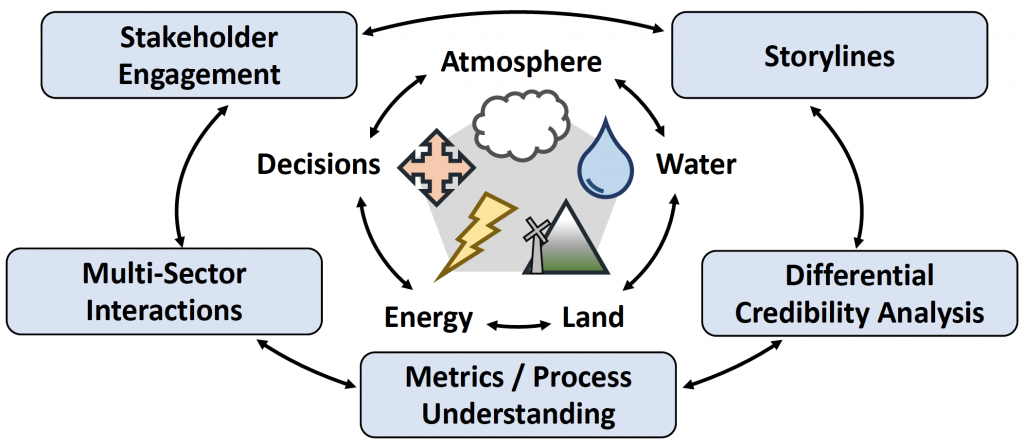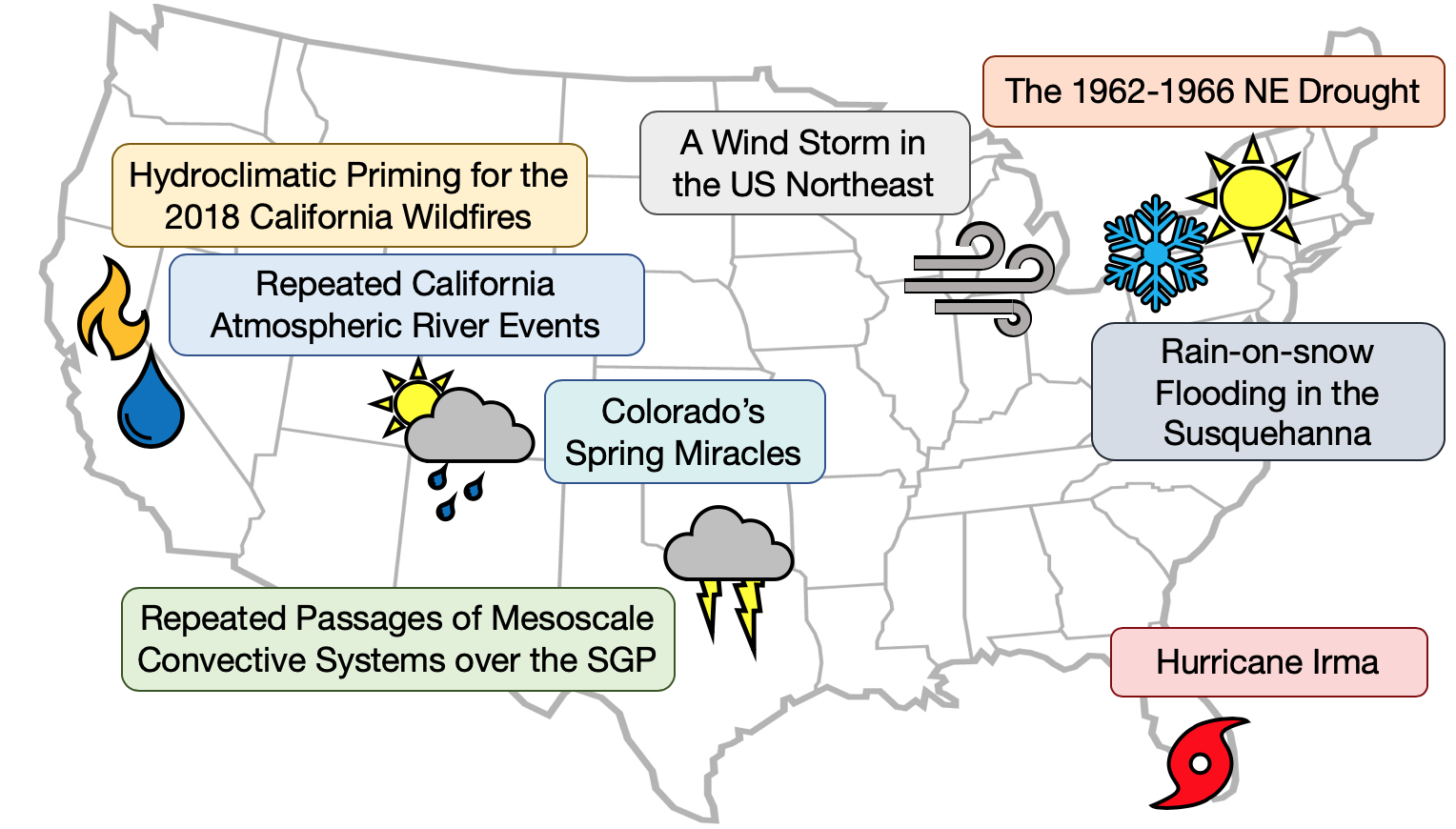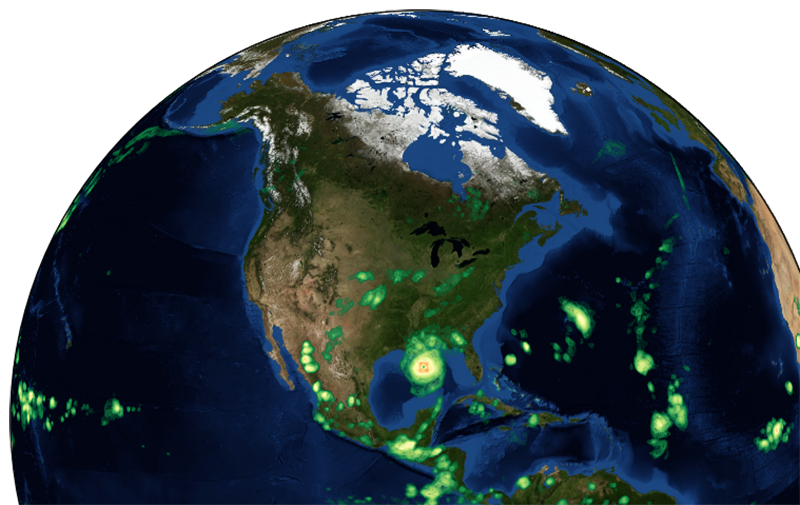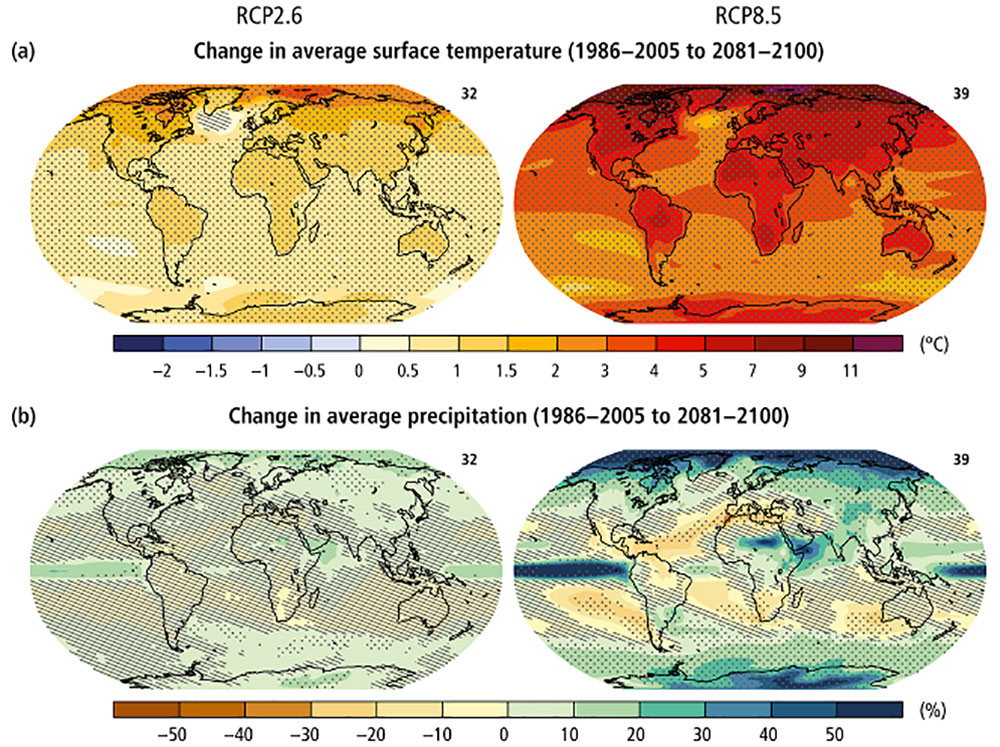All work associated with this project has been categorized into five interwoven tasks: (1) continuous outreach and engagement to ensure a focus on stakeholder needs, (2) exploration of a storyline framework for understanding model performance in light of events and period of stakeholder interest, (3) use of new and existing metrics for process understanding, focused on the hydroclimate system and winds, (4) use of diffential crediblity analysis to understand what aspects of predictions and projections of climate change are credible, given our understanding of climate models, (5) development of a deeper understanding of multi-sector interactions, the interplay between global and regional climate forcings, and implications for the energy supply. These tasks are addressed in detail below.

Task 1: Stakeholder Engagement
Through the HyperFACETS project we are engaging climate scientists and stakeholders within working groups to build common understanding and strategy for achieving these goals. Our stakeholders are drawn primarily from the hydroclimate and wind power sectors, with broad geographical coverage of the continental United States. This project proposes to refine past engagement efforts and understand how climate datasets are being used for specific decision applications.
Case study narratives developed under the Hyperion/HyperFACETS projects:

Task 2: Storylines
HyperFACETS will develop a storyline context to frame our analysis activities and provide a means to effectively interface our scientific pursuits with stakeholder interests. Formally, a storyline is a physically self-consistent unfolding of a past event, or of a plausible future event or pathway (Shepherd et al., 2018). They may also be thought of as test cases for assessing if regional models can reproduce an event consistent with observations. These storylines are chosen to be representative of major climatic events that have impacted, or would impact, the policy or decision context.
Learn more about our storylines.

Task 3: Metric Development and Process Understanding
HyperFACETS will develop new metrics and leverage existing metrics to evaluate and understand modeled processes. This procedure will subsequently inform credibility and uncertainty in light of a nonstationary climate system. This work encapsulates the key scientific tasks that will lead to a better understanding of the Earth system. We will perform deep dives into wind and precipitation extremes, both low flow and flood regimes in rivers, water quality, and snowpack. A key outcome will be the identification of process biases and errors that are most responsible for uncertainties in available products.

Task 4: Differential Credibility Analysis
Differential credibility analysis (DCA) will be performed to understand what aspects of predictions and projections of climate change are credible given our understanding of the processes and errors in these models. This process involves a broad assessment of model performance, and will target the validity of climate datasets for decision making.

Task 5: Model Sensitivity Studies
HyperFACETS will develop a deeper understanding of intersectoral dynamics (those at the atmosphere-water-energy-land interface), the interplay between global and regional climate forcings and implications for key aspects of energy supply using climate simulations conducted at a range of spatial scales for scenarios of changing land use, irrigation and energy mix.


